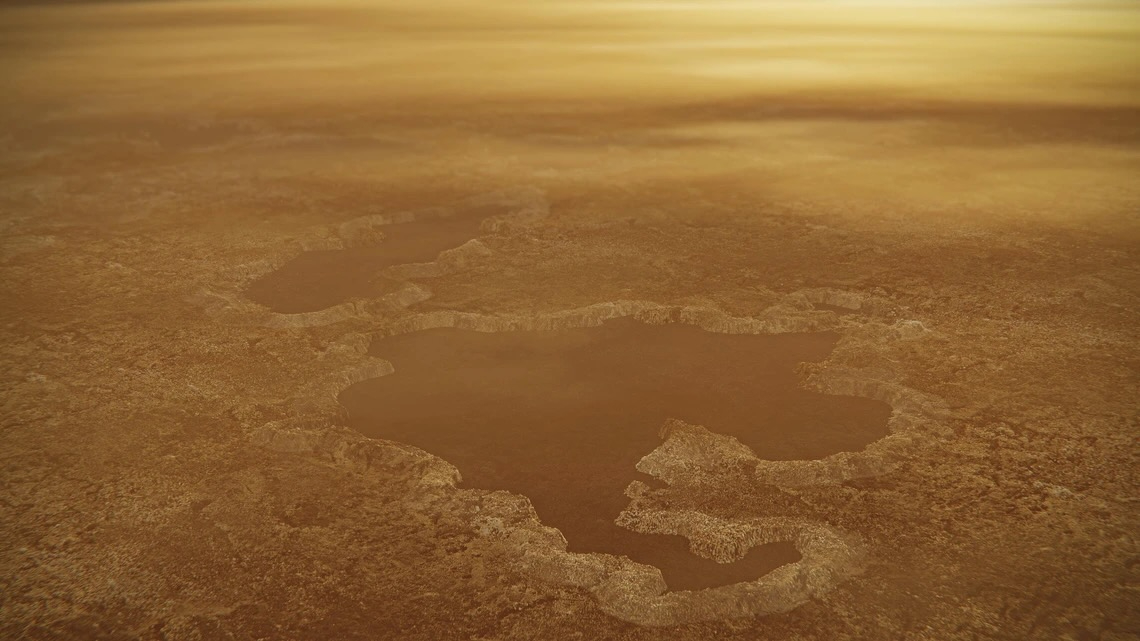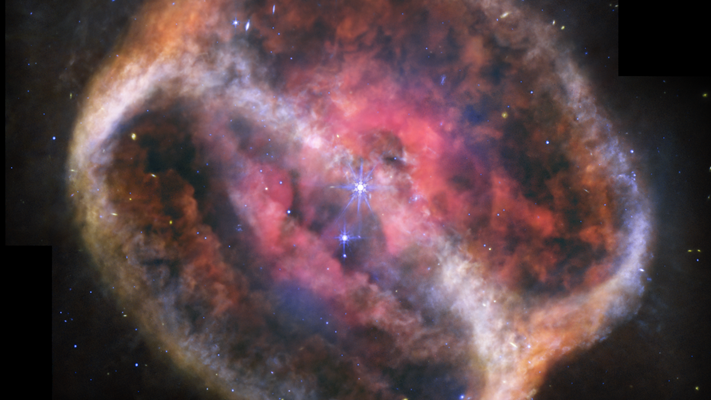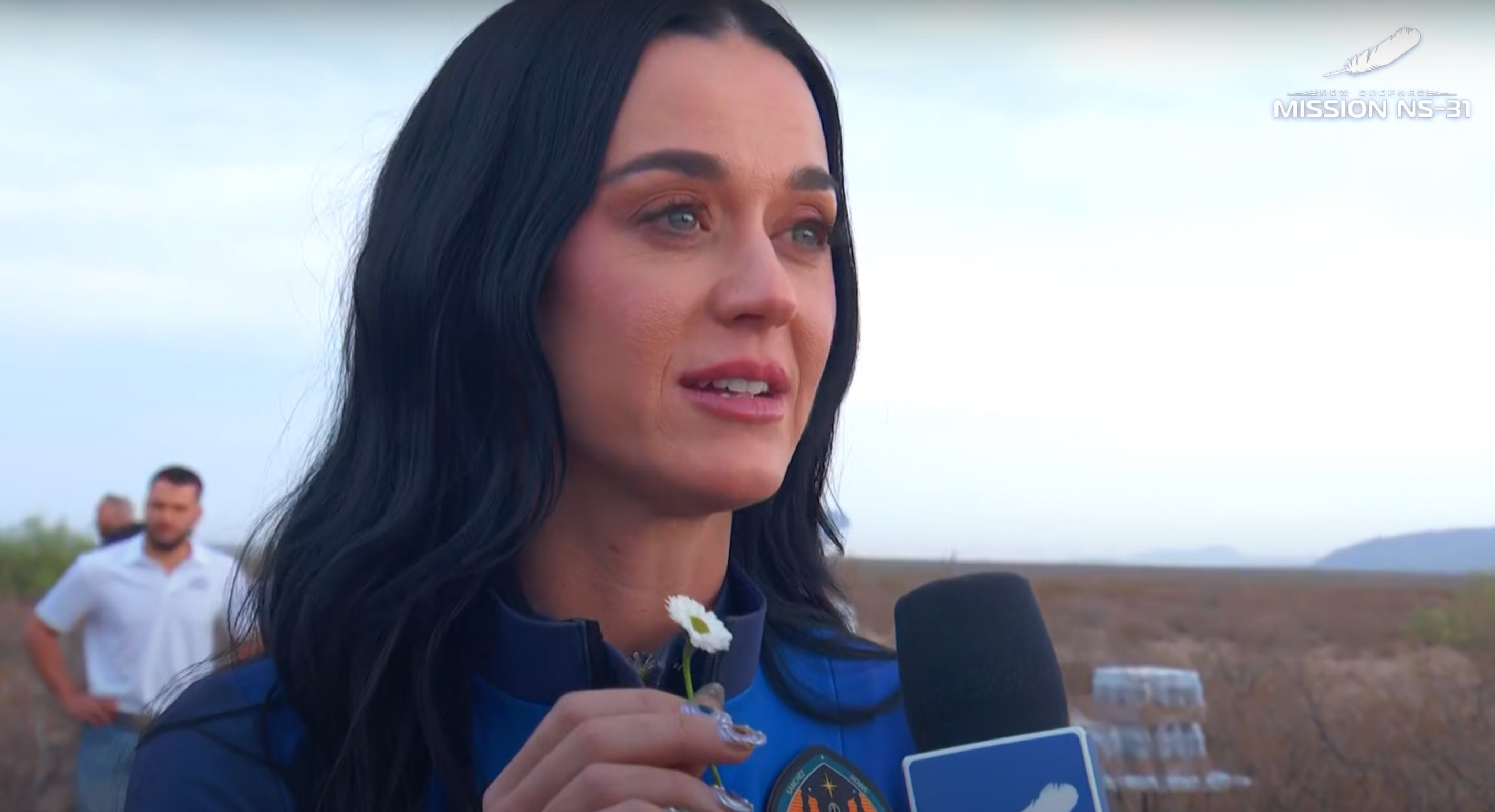
Curious Kids: What comes after space?
What is after space? – Pip, aged four, North Yorkshire, UK
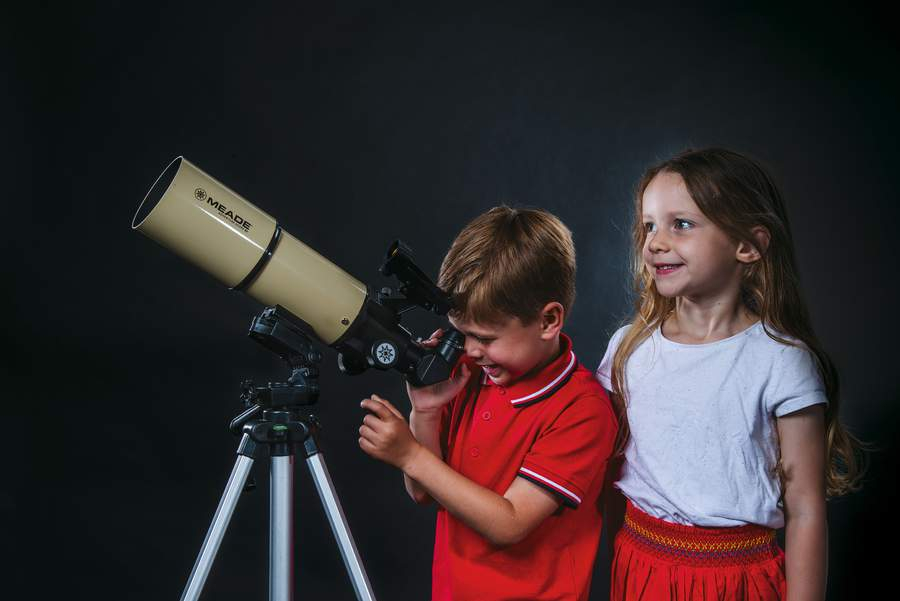
This is an article from Curious Kids, a new series aimed at children. The Conversation is asking kids to send in questions they'd like an expert to answer. All questions are welcome – serious, weird or wacky! This article was originally published at The Conversation. The publication contributed the article to Space.com's Expert Voices: Op-Ed & Insights.
Maggie Lieu, Research Fellow, School of Physics and Astronomy, University of Nottingham
When we look up at a clear night sky, we see space: a vast, seemingly infinite expanse that contains everything we know to exist.
To find out what is beyond space, a good place to start would be to figure out where space – our universe – ends. The problem is we don’t know where space ends, or even if it ends at all.
The furthest we can see out into space, using all the technology we currently have, is 46 billion light-years away. The volume of space that we can see is called the observable universe. We don't know what is out there beyond this. Perhaps it's more galaxies and stars and space. Perhaps it's the edge of the universe.
Related: Curious Kids: Does Space Go on Forever?
Some people think that the universe is infinite – meaning it goes on forever, in every direction. In this case, there is nothing after space, because space is everything.
Get the Space.com Newsletter
Breaking space news, the latest updates on rocket launches, skywatching events and more!
But even if the universe did have an end, it might be very difficult for us to figure out where the edge is.
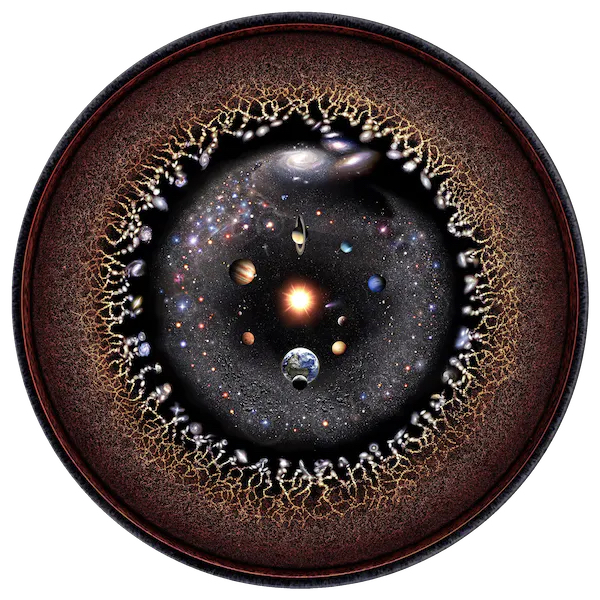
Think about our home on planet Earth, for instance. We know that the Earth doesn't go on infinitely: It ends and space begins. But if you were to set off walking, looking for the edge of the Earth, you'd never get there even if you walked forever. This is because Earth is a sphere. To figure out that the Earth has an edge, and where it is, we need to know its shape.
Understanding the shape of the universe, might help us figure out where its edge is. Astronomers are studying the universe right now, looking for clues that might tell us more about its shape.
Understanding the universe
We know what the whole of the Earth looks like because we have been able to take pictures of it from space – and some astronauts have been up to space to see it. Perhaps we would be able to see the edge of the universe too, if we knew where to go to look for it.
There's another problem, though. The universe is expanding – and at faster speeds. The space between us and other galaxies is growing. As they get further away, it takes more time for the light from these distant galaxies to reach us.
At some point they will be so far away that the light won’t reach us at all. The night sky will be completely dark, and we will have very little chance of seeing an edge if one exists. This expansion of the universe might mean that the edge – and whatever is after it – is getting further away from us, too.
Even though we don’t know where the edge of our universe is, scientists still spend a lot of time thinking about what comes after it.
A multiverse?
It's possible that there isn't just one universe, and that beyond our universe there are others. We could be living in just one small part of a "multiverse".

Perhaps our universe is contained within its own distinct region of space, separated from other universes by vast expanses of nothingness. Or maybe there are parallel universes squashed up close to one another, or even overlapping. This would mean there is no real "edge" at all, but universes blending into one another.
The true nature of the universe could be beyond our current ability to visualize or comprehend. Understanding the shape of the universe may help us to find out whether it goes on forever or has an end. What comes after that could be an even greater mystery.
Originally published on The Conversation.
Join our Space Forums to keep talking space on the latest missions, night sky and more! And if you have a news tip, correction or comment, let us know at: community@space.com.

